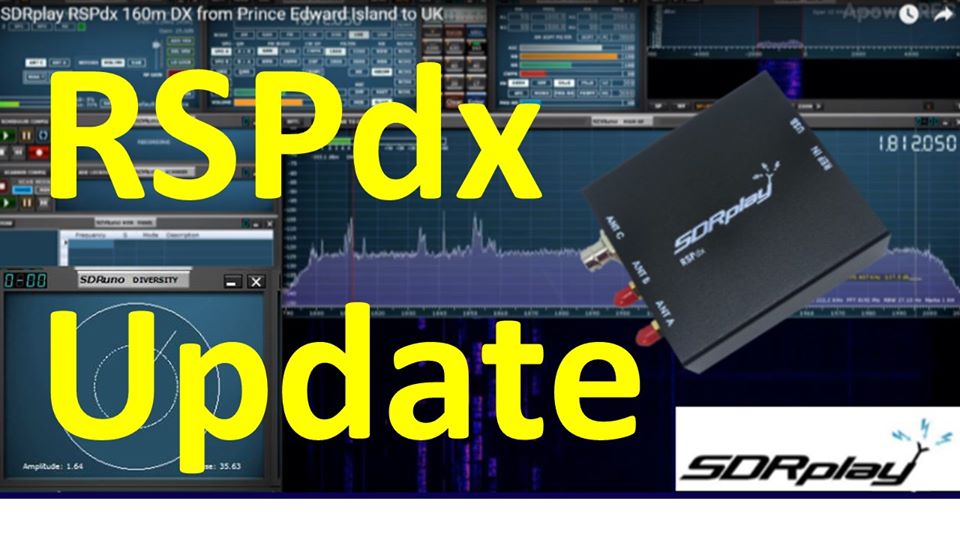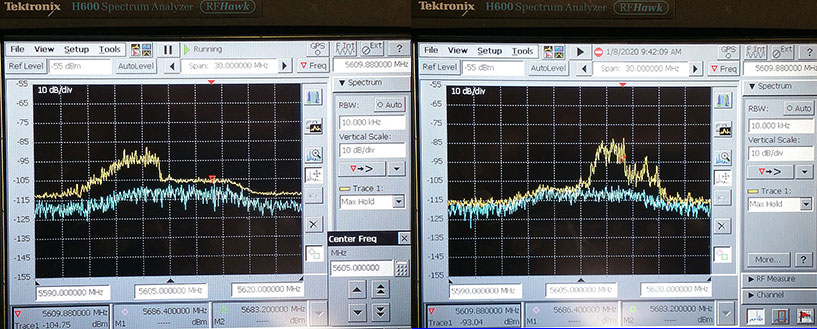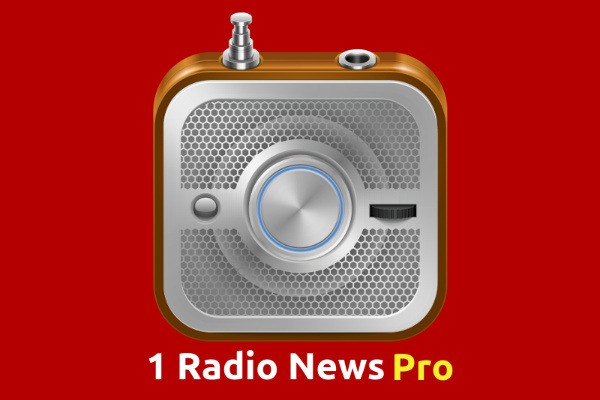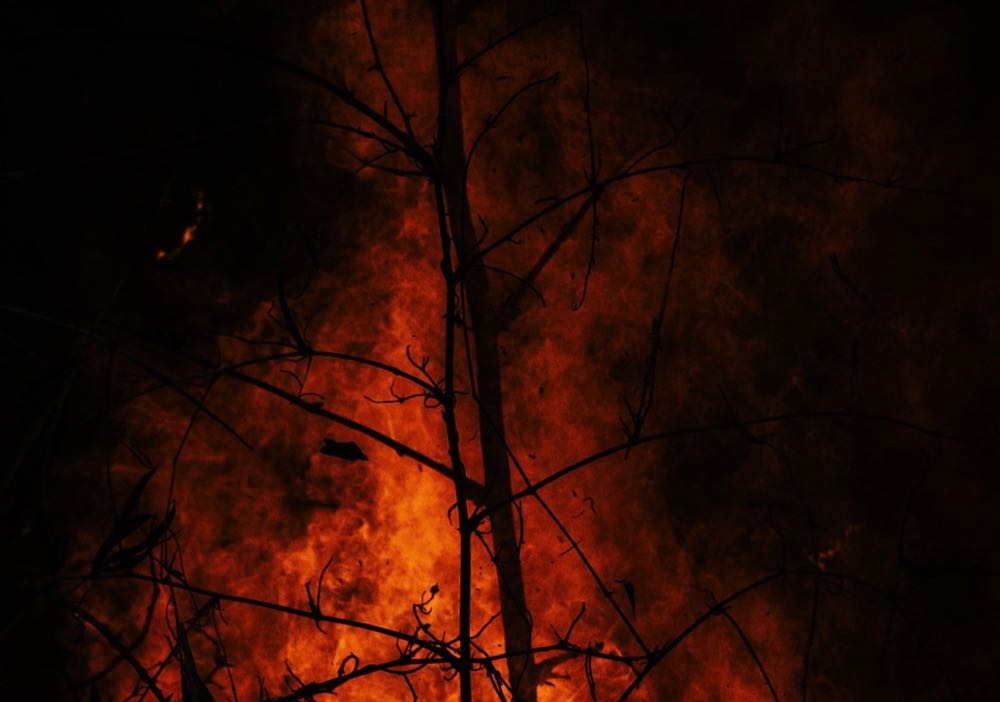The WWII “Mosquito Network”
Many thanks to SWLing Post contributor, Marty, who shares this article by Mark Durenberger in Radio World:
Inside the U.S. effort in a battle of the airwaves during the Pacific campaign of World War II
We can’t fully appreciate the importance of news from home to those who served in World War II. In the Pacific campaigns, G.I.s, sailors and Marines fought bloody island-hopping battles; as each island was cleared, garrison troops and hospitals moved in and carried on their own war against mosquitoes, isolation and boredom. The island fighters were fortunate if dated mail caught up with them before they moved on to the next target. Timely personal-level communications were pretty much absent.
Radio programming from America was available but only on shortwave. And shortwave radios were not generally available. The fortunate few had been issued “Buddy Kits” that included a radio, a small PA system and a record player for discs sent by mail. But for most there was no way to receive short-lived information such as news and sports. They were left with enemy radio propaganda such as Japan’s “Orphan Ann/Annie” (aka one of several Tokyo Roses) and the “Zero Hour” program.
No wonder that the idea of having a local island radio station doing “live from home” was so fiercely supported. Enlightened commanders saw the idea as a terrific morale-builder. The only problem was how to pull it off.
A solution, not uniquely, came from within the ranks. It started with the work of some bored but talented soldiers in the Panama Canal Zone who in 1940 built a couple of 50 W transmitters and put them on the air without authorization, labeling them “PCAN” and “PCAC.”[…]
Click here to continue reading the full article at Radio World.
John works with FCC to track down WX radar interference
Many thanks to SWLing Post contributor, John Harper (AE5X), who notes that he recently worked with an FCC crew to find the source of noise that was affecting a weather radar site. In the process, John got to check out, first hand, RF Hawk and some of the equipment the FCC uses to locate interference (including pirate radio stations).
Commercial circuit simulator, Micro-Cap 12, now a free download
Many thanks to SWLing Post contributor, Grayhat, who writes:
Maybe it’s old news for you, I just discovered it and thought you may
be interested, the commercial circuit simulator “Micro-Cap 12” which
was sold at around $4,500 for each license is now *free*, I found the
information here along with some further details:
https://hackaday.com/2020/01/08/commercial-circuit-simulator-goes-free/
The decision of releasing it as freeware seems to be related to the
fact that the company selling it (Spectrum Software) closed (not sure
for the reasons); anyhow, since the site or the download link may
disappear in some time, I think it would be a good idea to pick a copy
of the software, the full CD image including the program, libraries and
everything else can be downloaded from this page
http://www.spectrum-soft.com/download/download.shtm
Thank you for the tip! I agree with you about grabbing a full install of the application while you can!
SDRplay RSPdx update
 (Source: Jon Hudson with SDRplay)
(Source: Jon Hudson with SDRplay)
Happy new Year from all of us at SDRplay.
Here’s an update on additional software for the RSPdx. SDRplay’s SDRuno fully supports the RSPdx but it takes several weeks for other software to catch up to the capabilities offered on the other RSP models.
Simon Brown has released his latest version of SDR Console V3 which supports the RSPdx (Version 3.0.18 dated January 1st) over on https://www.sdr-radio.com/ (make sure you download the latest API 3.x from our downloads page first)
We have released an EXTIO plugin for the RSPdx which will enable the RSPdx to work with any EXTIO-based software (e.g. HDSDR) although it doesn’t support HDR mode. HDR mode will not be added and the source code for the plugin can be found on our GitHub repository (https://github.com/SDRplay/ExtIO_SDRplay) we will not be supporting the plugin source code or extending the plugins capabilities. They are all free to be modified.
It is important to note that the RSPdx ExtIO plugin does NOT, AND WILL NOT, support HDR mode. If you need HDR mode, then SDRuno is the best option. HDR mode requires the end application to work in a certain way and this is not something that can be controlled via the ExtIO protocol.
Work has also begun on supporting RSPdx for SoapySDR based applications such as Cubic SDR (again this won’t include HDR mode). A Gnu Radio source block for the RSPdx will follow.
We are working with Steve Andrew, author of the Software Analyser software programme (see https://www.sdrplay.com/spectrum-analyser/ ) to help get compatibility for the RSPdx – this is a slightly longer process so this will take several more weeks.
Regarding stocks of the RSPs, SDRplay and most of our resellers on www.sdrplay.com/distributors/ have plenty of stock of RSP1A and the RSPduo. However there continues to be a shortage of the RSPdx whereby many of the resellers have sold out of their first deliveries. SDRplay is queuing up their replacement orders on a first come, first served basis. We also have our own quantity planned in there to allow us to sell direct from our website. We still hope that by the end of January we will have supplied this second wave of RSPdx demand.
For newcomers to SDR, see also, the glossary and links included in the news item on: https://www.sdrplay.com/happy-new-year-and-an-rspdx-update/
Fan of the 1 Radio News app? They could use your support.
Many thanks to SWLing Post contributor, Dennis Dura, who shares the following GoFundMe campaign by Steven Clift to help with the continued development of the 1 Radio News application. Here’s the summary from Steven’s GoFundMe page:
1 Radio News needs a total rebuild to work great on Android 9 and 10.
I’ve kept this world radio news hobby alive with just enough revenue to cover developer costs since 2013!
Unfortunately, Google and Android change what is required to keep what once worked great functioning well.
Without your help, 1 Radio News will be no more.
With your support, I will pass 100% of your donation to developers to make this happen. We need to raise $1000 by the end of January.
EVERY donor, at any amount, will get a free pass for a new 1 Radio News Pro in-app subscription for the life of the app.
The new Pro will be launched with a simple $1/month subscription to cover the cost of feature improvement and updating the radio streams and curated collection of the best hourly and daily news. If you don’t want to chip in now, you’ll be able to help us on a monthly or yearly basis later.
1 Radio News Pro is Dead! Long live the 1 Radio News!
The current 1 Radio News Pro “as is” will sunset at a date to be determined in 2020. If you’d rather get a refund for the current 1 Radio News Pro and not participate in our effort to keep this app alive, just get in touch via the app and I’ll give you your money back even if you used the app for half a decade.
RadioInfo: “Fires hit ABC Radio’s Batemans Bay transmitter”
Many thanks to SWLing Post contributor, Michael Bird, who shares the following story from RadioInfo.com.au:
In an example of radio industry cooperation during adversity, commercial network Grant Broadcasters is working with the ABC on the South Coast of NSW to keep transmissions on air during the fires in that area.
As fires raged through the area last week, the ABC’s Mt Wandera transmission site at Bateman’s Bay was disabled by flames (see pictures below) and is expected to take some time to repair.
The ABC, through its transmission provider Broadcast Australia (recently renamed BAI Communications) asked if it could share Grant Broadcasters’ nearby transmission mast and infrastructure, and has now combined its transmissions onto the Grant Broadcasters antenna.
Local radio services, including ABC South Coast, are now back on air, but operating at reduced power. The ABC’s television transmitter on the site is also off air.
BAI has also established additional temporary low power facilities at Batemans Hill for ABC Local Radio (operating on 101.9 MHz) and ABC television (operating on Channel 41). As this facility operates from a lower altitude and at lower power than those at Mt Wandera, its coverage will be largely limited within the town of Batemans Bay.
On the South Coast, the Grant Broadcasters stations 2EC and Power FM had “no issues with transmission coverage” and have so far remained on full power. Diesel generators have 4-5 days capacity and are being refuelled continuously.
[…]Communications Minister Paul Fletcher has commended media and transmission providers for their efforts to keep services operating:
“I commend the network operators’ efforts in responding, which has included deploying temporary facilities to restore communications services for impacted communities, particularly those that are isolated. Many of the outages are due to power supplies being cut off, and in some cases are the direct impact of fire on network infrastructure. The current fire situations across Australia have made access difficult and unsafe at some sites to assess and restore services…
“In many cases, a portable transistor radio with a spare set of batteries is a vital way to receive emergency information, in the event there is a loss of mains power or mobile coverage.
“The ABC and other local radio stations are doing an excellent job transmitting vital emergency information to Australian communities. Telstra and Optus are offering targeted relief packages in affected regions in NSW and Victoria, including free use of payphones, call diversions from affected lines and other financial assistance.”[…]






